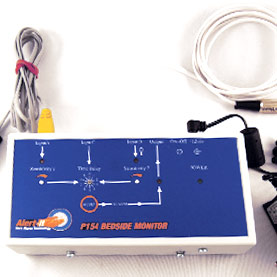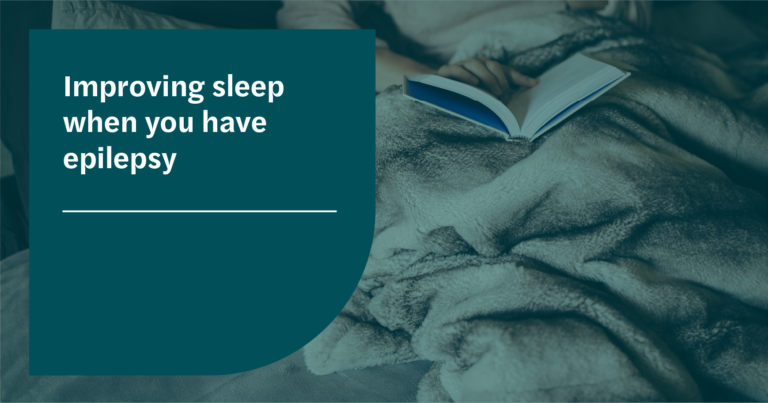

using a nocturnal seizure monitor that alerts a loved one when a person has a seizureīelow are some frequently asked questions about nocturnal seizures.using wall-mounted lamps rather than table lamps.putting a safety mat, such as those for gymnastics, on the floor next to the bed.choosing a low bed frame or placing the mattress on the floor.People who have nocturnal seizures may also wish to take measures to prevent injuries. Tracking symptoms and triggers can help with identifying any patterns in the symptoms and whether the treatment plan is working. a vagus nerve stimulator, or surgical implant that sends electrical impulses to the brain.a high fat, low carbohydrate diet, or ketogenic diet.avoiding seizure triggers, such as sleep deprivation.The right treatment depends on several factors, including: Controlling seizures greatly reduces a person’s risk of complications. While this can be frightening, epilepsy is usually treatable. They are also more likely to continue to experience unusual brain activity after the seizure. People who experience nighttime seizures are more likely to experience low blood oxygen during and after the seizure. Having a seizure while sleeping can also make a person prone to injuries.

Nocturnal seizures are potentially dangerous and increase the risk of dying from epilepsy.

Treatment and prevention of nocturnal seizures However, it is essential to see a doctor to rule out other causes, such as a brain injury or infection. Between 2–5% of children under 5 years of age in the United States experience febrile seizures, which happen when they have a fever.įebrile seizures are usually harmless, and they typically resolve once the fever subsides. Not all nighttime seizures in children mean the child has epilepsy. Doctors do not know what causes this type of epilepsy. Juvenile myoclonic epilepsy, sometimes called Janz syndrome, typically begins in adolescence, and the seizures may be short at first. Most children with this form of epilepsy have a family history of seizures. The primary symptom is nighttime seizures.Ĭhildren with this form of epilepsy may also have migraine or behavioral issues. Several types of childhood epilepsy can cause nocturnal seizures.īenign rolandic epilepsy, the most common form of childhood epilepsy, usually disappears in adulthood.


 0 kommentar(er)
0 kommentar(er)
